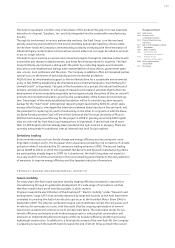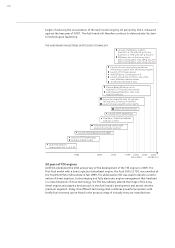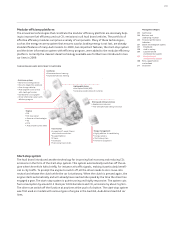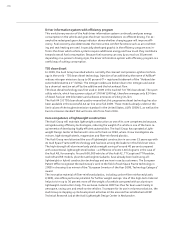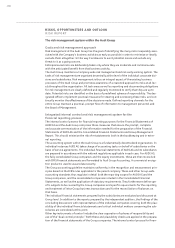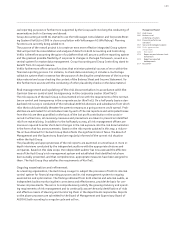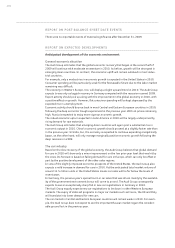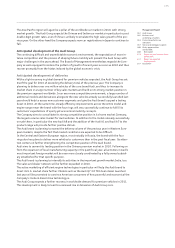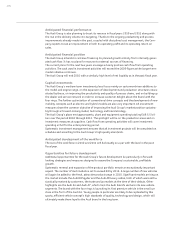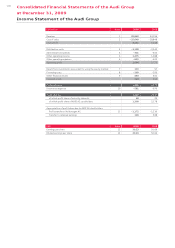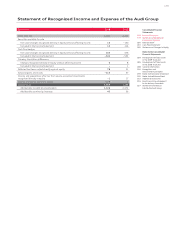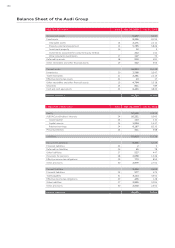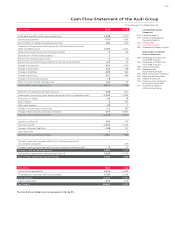Audi 2009 Annual Report Download - page 176
Download and view the complete annual report
Please find page 176 of the 2009 Audi annual report below. You can navigate through the pages in the report by either clicking on the pages listed below, or by using the keyword search tool below to find specific information within the annual report.
173
Management Report
132 Audi Group
140 Business and
underlying situation
153 Financial performance
indicators
157 Social and ecological aspects
168 Risks, opportunities
and outlook
168 Risk report
174 Report on post-balance sheet
date events
174 Report on expected
developments
177 Disclaimer
A significant risk is posed by the potential loss of expertise through fluctuation or partial re-
tirement. This danger is reduced by offering comprehensive, tailored incentive systems and
implementing intensive competence management, alongside maintaining high levels of em-
ployee satisfaction. The systematic transfer of knowledge from departing experts and managers
to their successors is a priority task area.
Demographic change in Germany, which has an aging, shrinking population, presents all compa-
nies with a major challenge. The Audi Group identified this scenario some time ago and
promptly launched initiatives to correctly counter this development. These include programs to
adapt working conditions to suit an employee’s age, models for the individual’s working life and
special part-time arrangements. Other priority areas include preventive health care and
strengthening employee awareness about taking responsibility for their own financial future.
Information and IT risks
Efficient, cost-effective processes and information technologies that meet the business re-
quirements of the Audi Group are a key success factor for realizing ongoing productivity gains.
Moreover, the ready availability of data and information flows across all corporate locations is of
prime importance in keeping procedures throughout the Company swift and efficient.
The growing prevalence of electronic networks, however, does harbor potential information and
IT risks, which could have a lasting impact on financial performance. The principal risks include
the failure of key IT systems within the value chain, unauthorized access to the system, and the
creation of heterogeneous system landscapes.
Stable, highly available IT infrastructures help to largely mitigate these risks. In addition,
Group-wide security standards help to largely maintain the continuity of internal processes and
ensure Company security.
Financial risks
The financial risks resulting from the Audi Group’s business activities comprise market price
risks such as interest rate and commodity price risks, creditworthiness risks and liquidity risks.
As a result of the Company’s highly international nature, foreign exchange risks relating in par-
ticular to the U.S. dollar, the pound sterling and the Japanese yen are of particular relevance.
Detailed information on the hedging policy and risk management in the area of financial risks, in
particular relating to the use of derivative financial instruments in hedging transactions, is pre-
sented in the Notes in “Additional disclosures” under Section 34 “Management of financial
risks.”
Overall assessment of the risk position
Despite the marked easing of the situation on global economic and financial markets, lingering
market uncertainty means it is not yet possible to view the crisis as definitively overcome. The
further development of major auto markets is therefore very difficult to forecast and represents
a considerable risk to all businesses in the automotive industry.
However, on the basis of all known circumstances and facts, no risks currently exist that could
significantly and lastingly undermine the net worth, financial performance and financial posi-
tion of the Audi Group, let alone endanger the Company’s survival in the foreseeable future.


